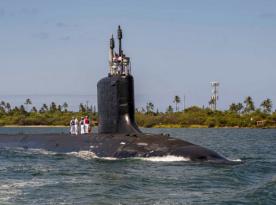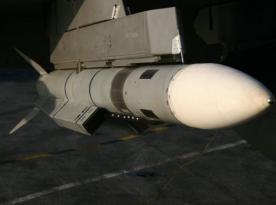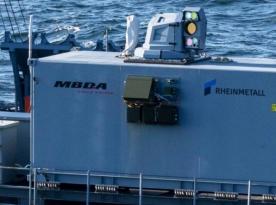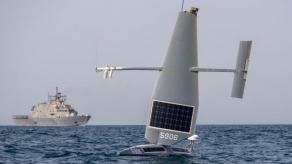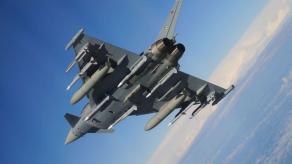Lockheed Martin announced the first flight of its experimental supersonic aircraft X-59, which lasted over an hour. It took off from the USAF Plant 42 in Palmdale, California, and landed at NASA's Armstrong Flight Research Center in Edwards, California.
The X-59, initiated in 2016, is designed to revolutionize commercial aviation. Its main feature compared to other supersonic aircraft is the absence of a loud sonic boom during supersonic flight.
Read more: Turkiye's Eurofighter Deal Faces Major Obstacle, France Holds Key to Meteor Missiles
Normally, sound from an aircraft spreads in all directions, including forward, and when it exceeds the speed of sound, these waves combine into a massive shockwave called a Mach one, which can be heard as a loud boom. This effect was notable with russias Kinzhal missile.
The X-59's special design disperses the shockwave into many smaller waves, so observers on the ground will perceive a long, gentle thump instead of a loud explosion. One key element enabling this is its extremely long and pointed nose, about 14 meters, making the entire aircraft over 30 meters long.
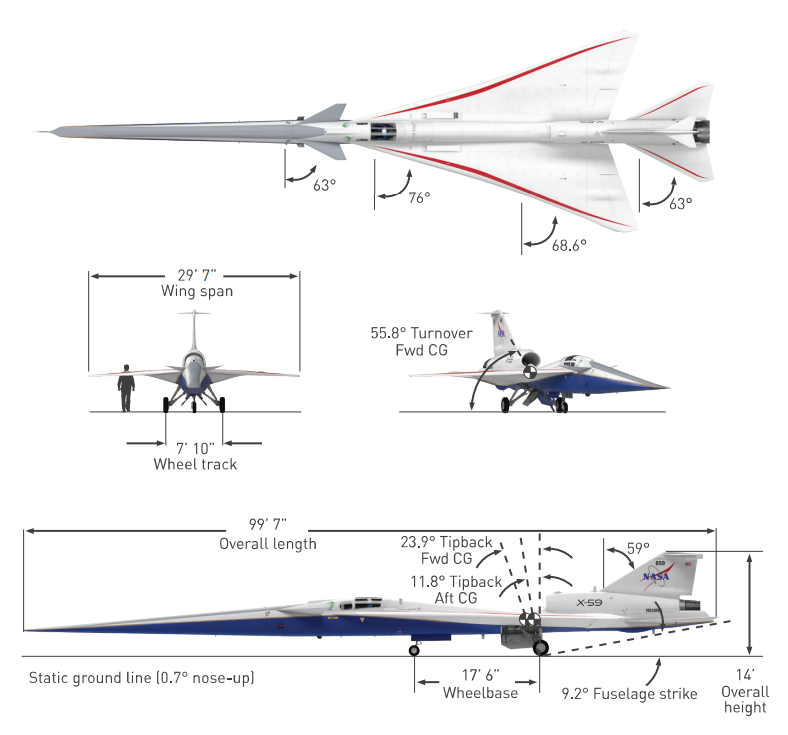
Dimensions of the quiet supersonic X-59 / Photo credit: NASADue to its length and angle, the front cockpit window was removed and replaced with a camera. The aircraft is powered by a General Electric F414 jet engine, the same used on the JAS 39E/F Gripen or F/A-18E/F Super Hornet.
It should be noted that the X-59 is experimental and will not enter production. Lockheed Martin developed it specifically for NASA, which will use it for tests and to gather design data.
NASA plans to conduct a series of supersonic flights over U.S. cities to collect feedback from residents on whether they notice or are disturbed by the sound. Supersonic flight over land is normally prohibited because the shockwave, exceeding 110 decibels, can be startling, damaging, or even break windows. The X-59's design reduces this sound to about 75 decibels.
After these studies, NASA will provide the data to the International Civil Aviation Organization (ICAO), which could revise restrictions on supersonic overland flights, paving the way for a new generation of commercial supersonic aircraft.
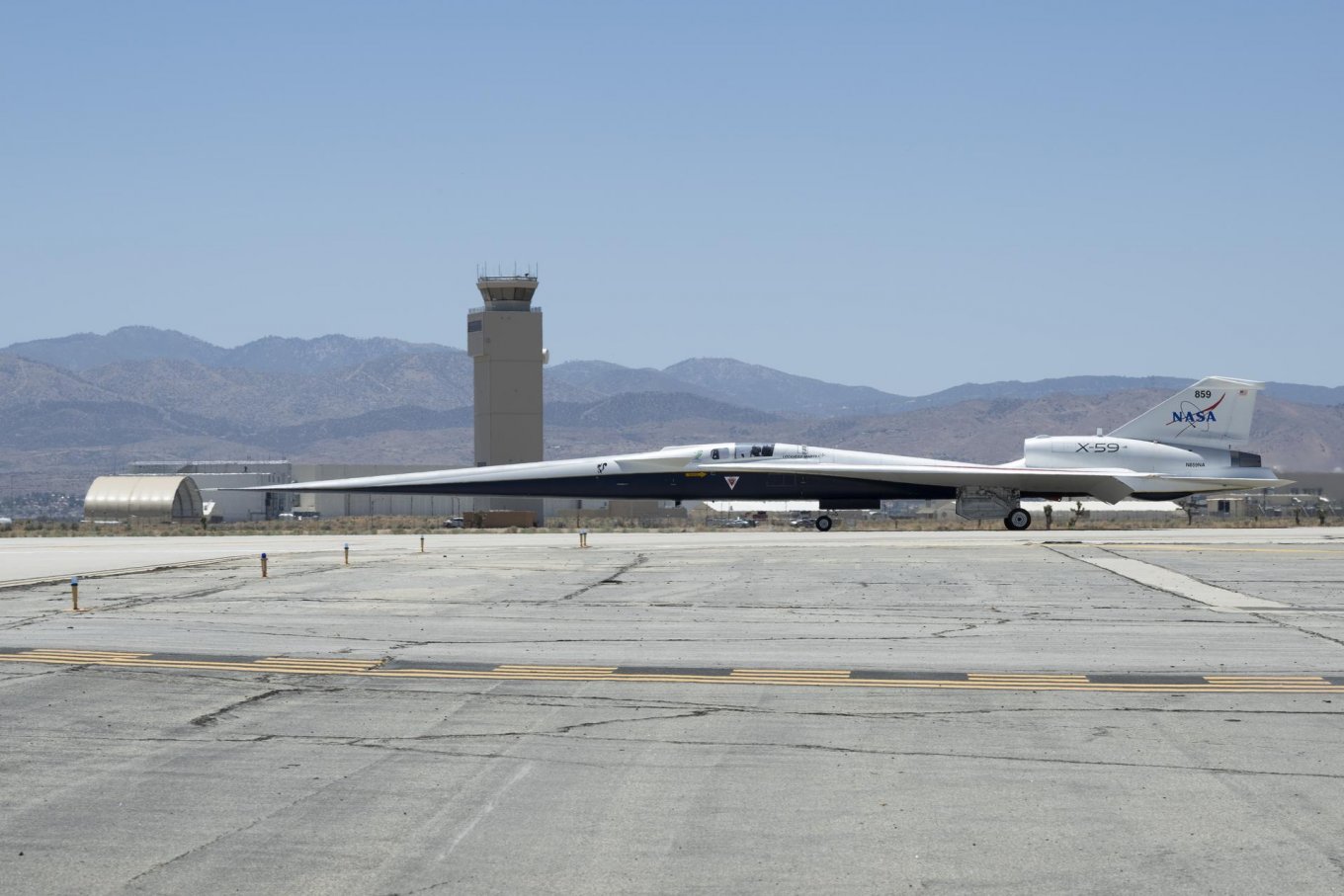
However, this will not happen before 2030, when the Committee on Aviation Environmental Protection (CAEP) is scheduled to review the matter. Currently, test flights at lower speeds and altitudes are being conducted to validate the aircrafts design.
Read more: Ukraine Neutralizes Pyongyang's Type-75 MLRS Used by russian Troops (Video)





